Dateline – May 25, 2014
Today’s post contains a hodgepodge various wildlife sightings made around the metroplex over of the course of about seven days in late March and early April. I’ll be using this article as a kind of clearinghouse for pictures that are interesting enough on own, but even better as part of a collection.
We’ll start in Carrollton. Below are a few pictures of a lone Double-crested Cormorant. The metroplex is inside the winter range of these birds and a large congregations of them can be found here in certain places. With the approach of warmer weather in the spring, Double-crested Cormorants usually migrate away to their breeding grounds in the north central United States and southern Canada.
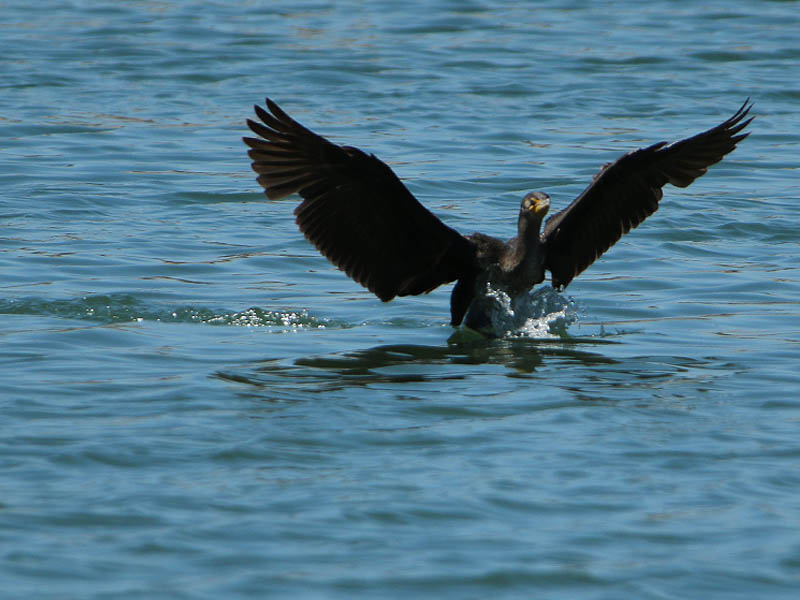

This individual is a late season straggler. We observed him as he landed in the waters of a small pond located in a community park. After a brief touchdown, the cormorant again took to the air—but only after getting something of a running start!
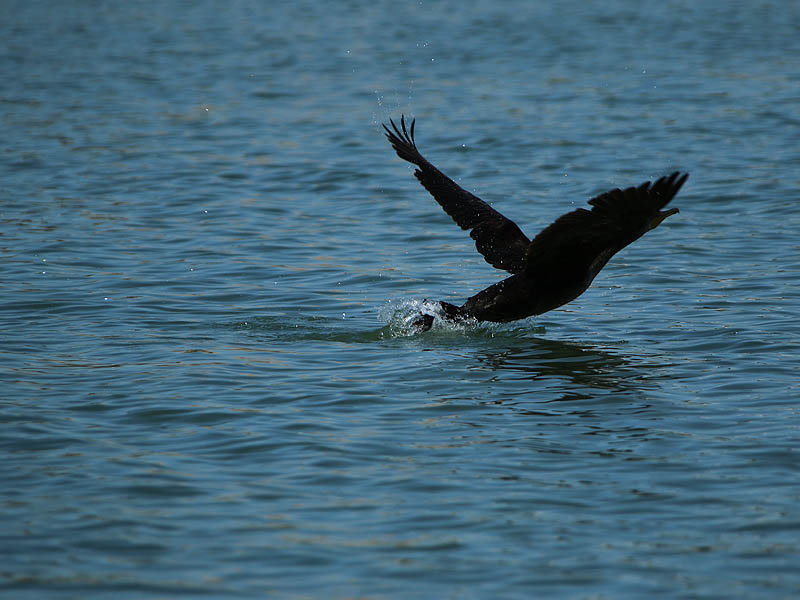
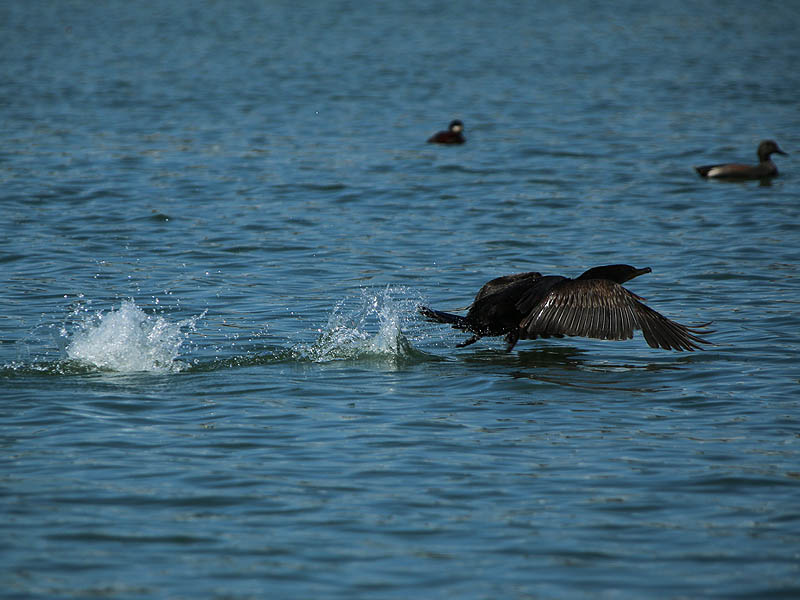
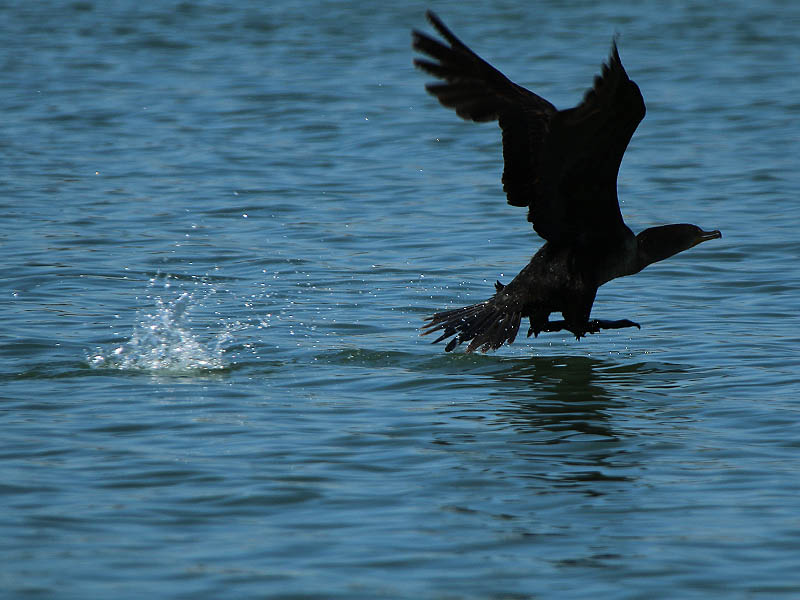
A few days later, down in the Great Trinity Forest, we made the following interesting finds.
The first is a newly pupated Luna Moth. This large moth sports a wingspan of over four inches in length. The moth has climbed on to a sprig of Poison Ivy to allow its wings time to fill with fluid and harden. This process usually takes around two hours to complete.
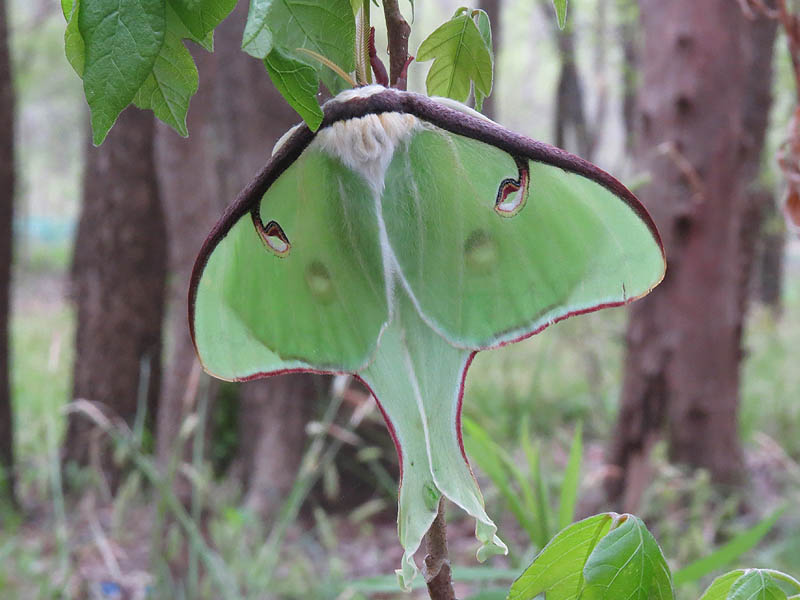
Adult Luna Moths live only briefly and are therefore rarely seen. They generally have about one week to mate and produce eggs before their pre-programmed expiration.
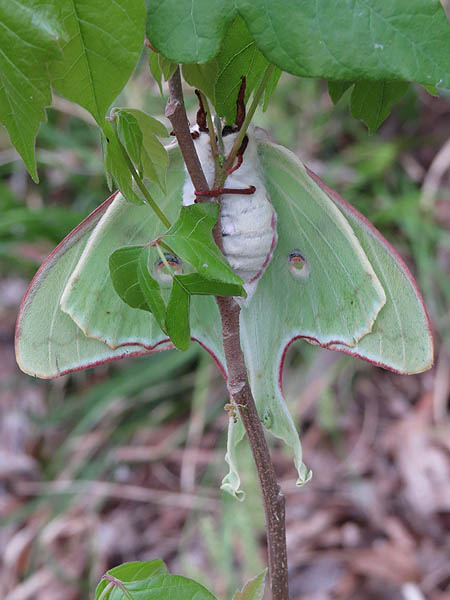
This stunning pink and green grasshopper was the second unique discovery of the day. I believe this is a Northern Green-striped Grasshopper. This species of grasshopper typically comes in a brown form and a green form. The pink form shown in this picture appears to be relatively rare.
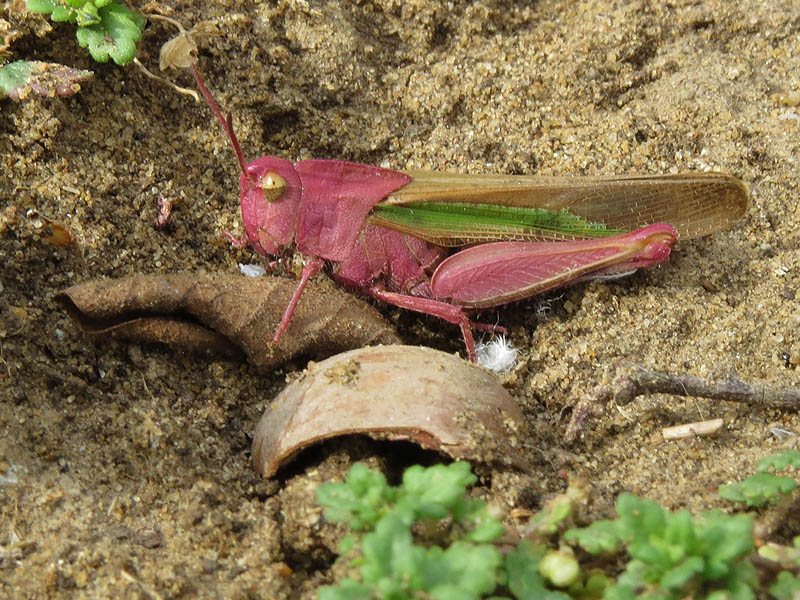
Returning to the northern part of the metroplex, I was disturbed to find this roadkill Cooper’s Hawk at the entrance to a church parking lot in Hebron. These attractive raptors are some of my favorite birds. Finding one like this is exceedingly disappointing.
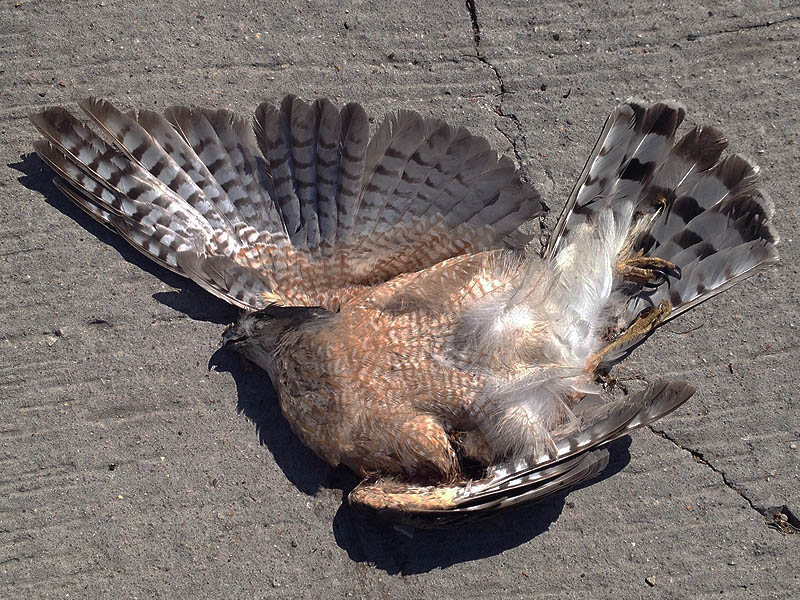
Automobiles are the single greatest challenge faced by urban wildlife. Most of the animals that have adapted to city living have learned to give traffic a proper deference, but in unexpected emergency situations wild animals are often ill-equipped to make the split second decisions required when a car is rapidly bearing down.
Cooper’s Hawks have a preference for open wooded areas. That makes mature neighborhoods with plenty of trees particularly attractive to these birds. Here is what Wikipedia has to say about the habitat and distribution of the Cooper’s Hawk:
Their breeding range extends from southern Canada to northern Mexico. They are generally distributed more to the south than the other North American accipiters, the sharp-shinned hawk and the Northern Goshawk. Birds from most of the Canadian and northern U.S. range migrate in winter, and some Cooper’s hawks winter as far south as Panama. The Cooper’s hawk occur in various types of mixed deciduous forests and open woodlands, including small woodlots, riparian woodlands in dry country, open and pinyon woodlands, and forested mountainous regions and also now nests in many cities. They were once thought to be adverse to cities and towns, but are now fairly common urban and suburban birds. The cities provide plenty of rock pigeon and mourning dove for the Cooper’s hawk to prey on. Although more adapatable in habitat than the sharp-shinned hawk, studies have indicated that the species still more often than not prefers sizeable tracts of woodland for breeding and migrating to fragmented, developed areas
Cooper’s Hawks prey almost exclusive on other birds and that may account for the death of this individual. A focused pursuit of a fast moving small bird might have carried this hawk in front of a car so abruptly that neither the raptor nor the driver had a chance for an evasive maneuver.
My next stop this week was in central Denton County along the banks of Hickory Creek. There is a sizable Great Blue Heron Rookery in this area, and I had received reports that the herons were having to regularly defend their nests against other large birds in the area. If true, this was definitely going to be something that I wanted to see for myself!
The hike to the rookery is a short but pleasant one—especially at this time of the year when the weather can be sunny and still cool. Signs of coming spring were everywhere along the way… Budding leaves, blooming trees, and early dispersing Eastern Tent Caterpillars.




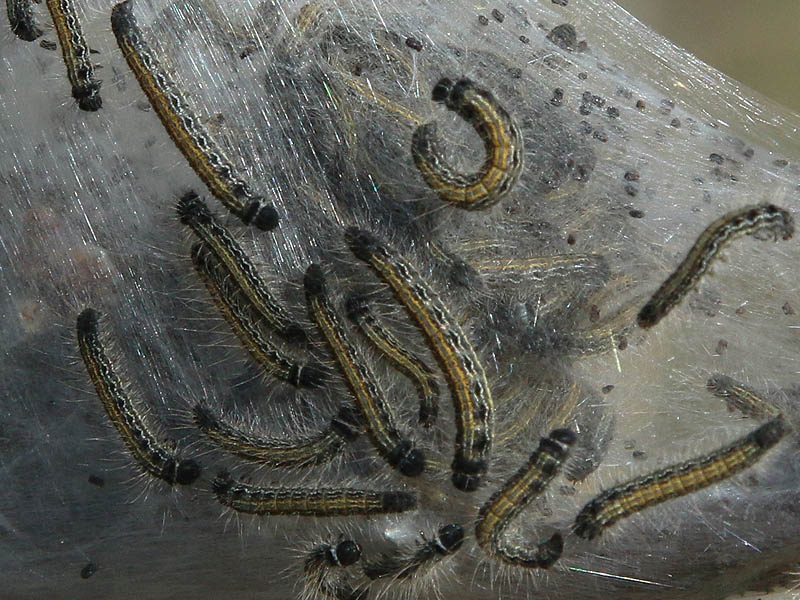
Getting to the rookery was made easier by the mixed blessing of the extended drought here in North Texas. Creeks and sloughs that normally would be full of water and therefore impassable, are now dry. In this state they make excellent byways through some of the more densely vegetated areas.
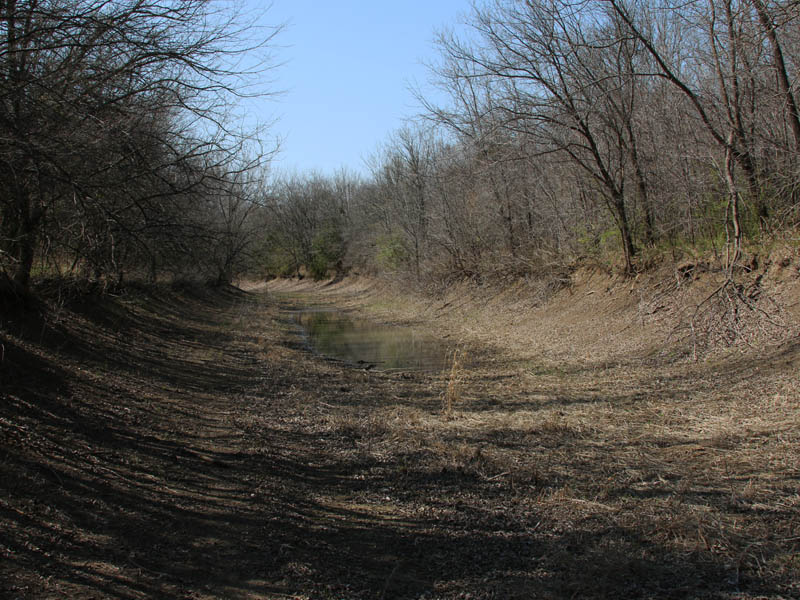
The dried stream beds also make excellent stamp pads for recording the tracks of wild animals. The sharply defined Bobcat tracks below are a great example.

The rookery came in and out of sight several times as I proceeded along the route. There are at least three separate locations where the egrets have built their nests, all in close proximity to each other. In each case, the herons have chosen the tallest available trees. These tall trees give the herons a commanding view of the surrounding area, an amenity also favored by many other large roosting birds, and a possible cause of the reported confrontations.

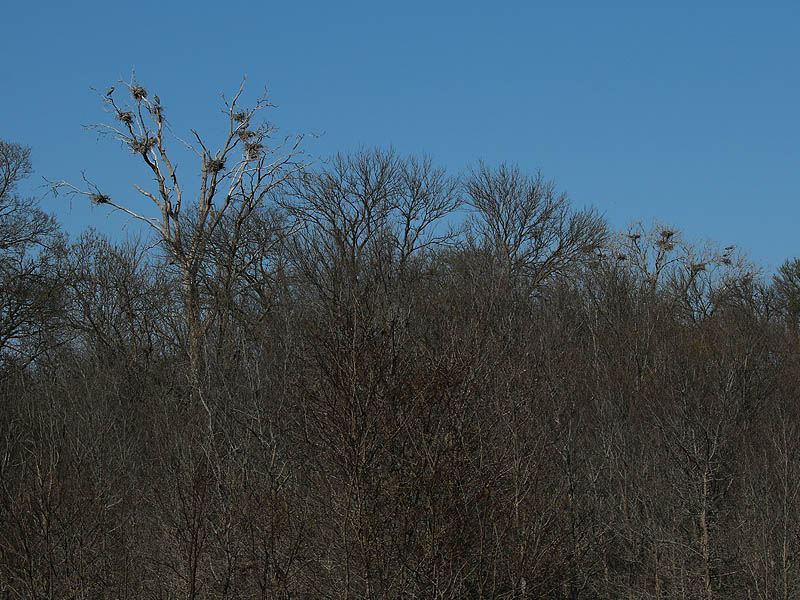
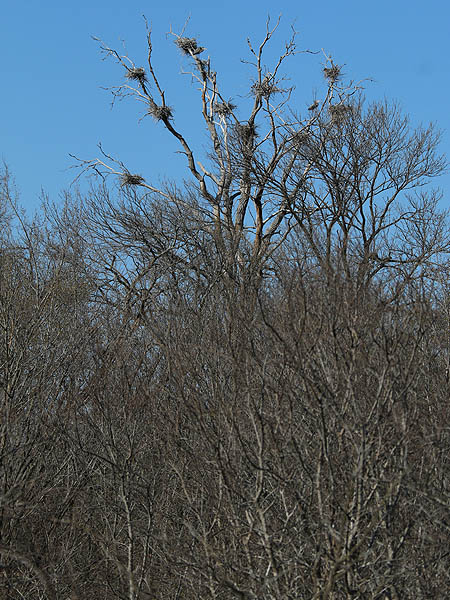
Most of the herons at this location still seemed to be largely involved with nest claiming and maintenance, although there did appear to be at least a couple of birds that were actively incubating.
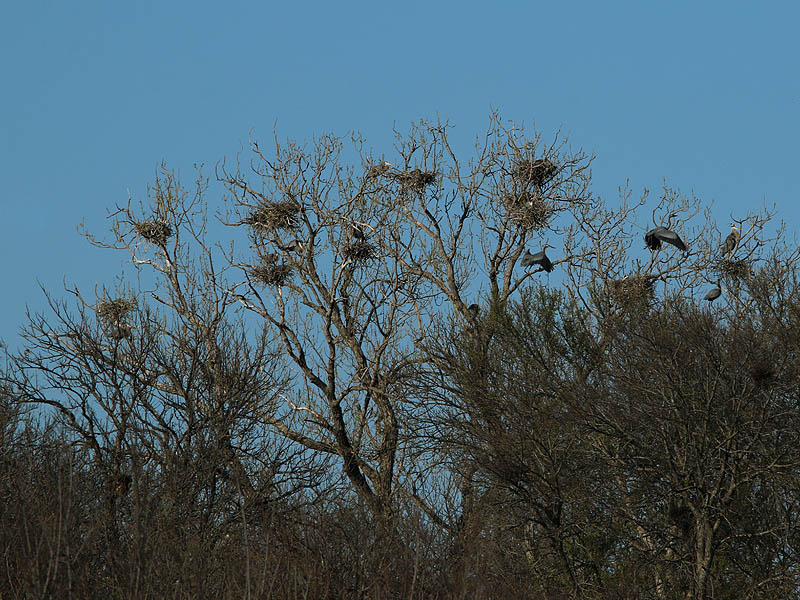
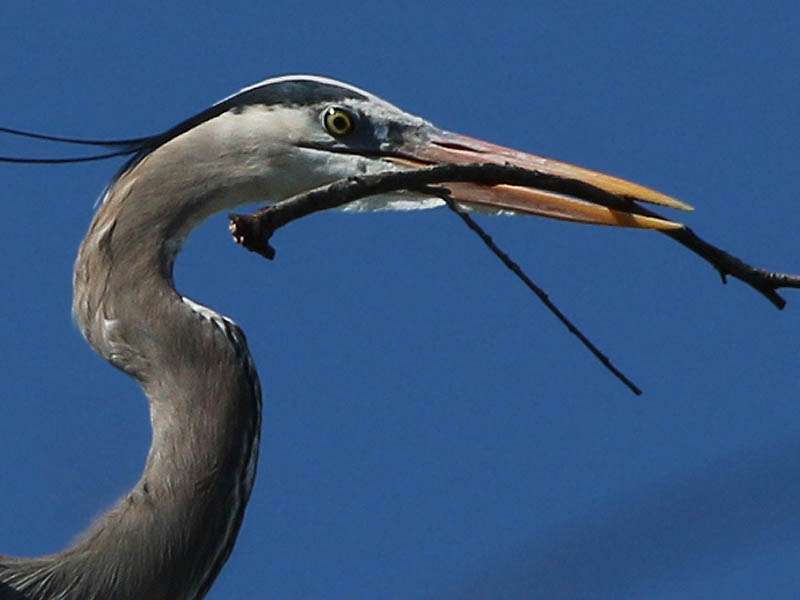
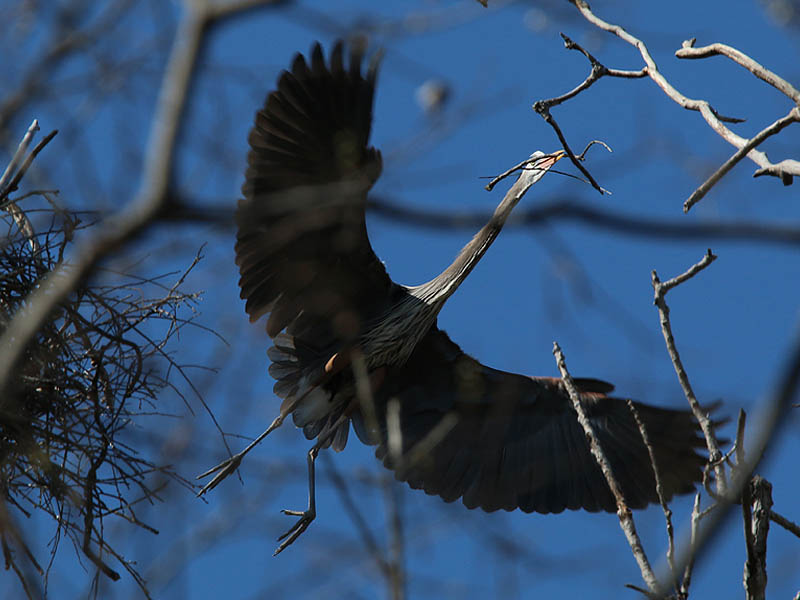





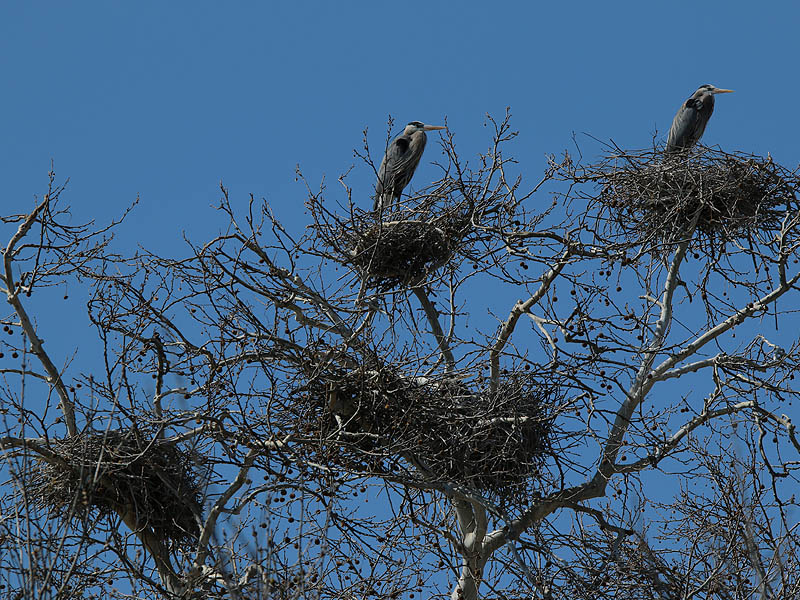
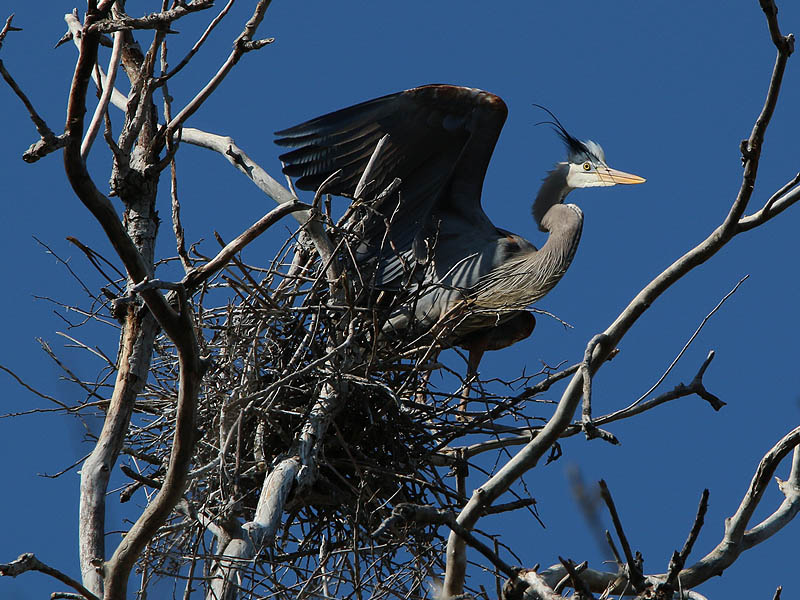
In addition to the herons, there is also an abundance of Black Vultures and Turkey Vultures. I observed several of these large black birds congregating on nearby by power lines and trees. I suspect that they may also enjoy perching on the trees making up the rookery when the herons are not around. It probably took some convincing to encourage the vultures to move on when the Great Blue Herons return to nest each year.
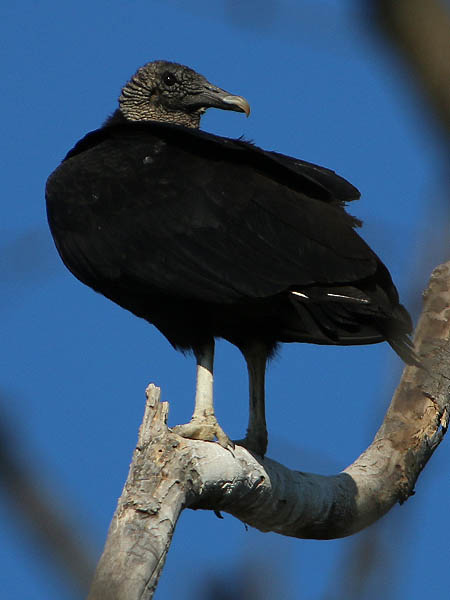



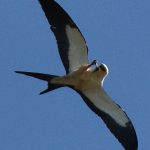

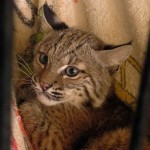
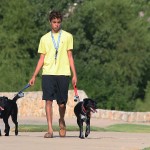
Very cool. I’ve got to get out now and then. 😉